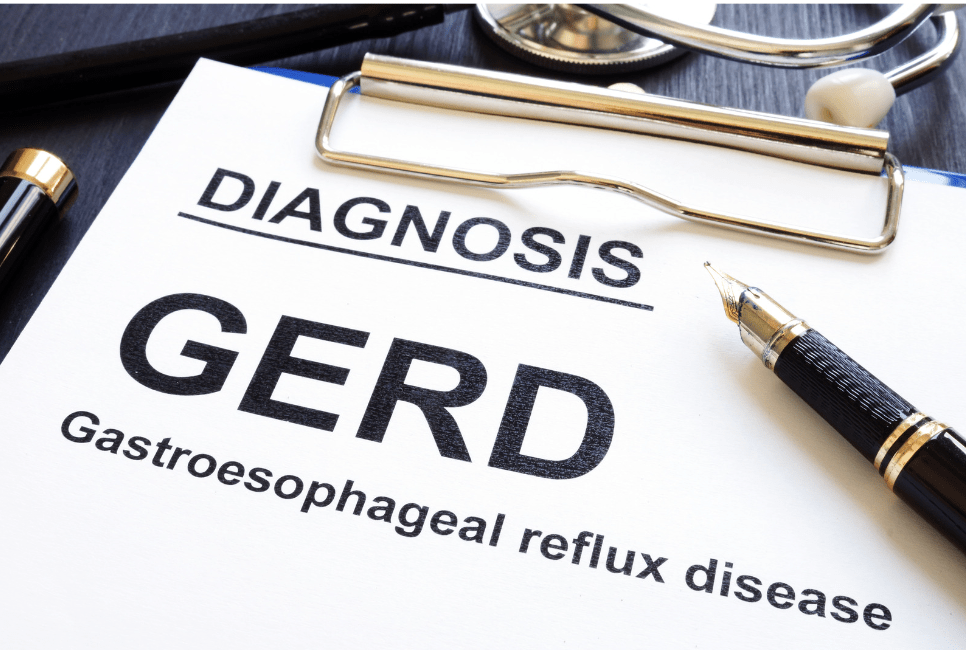Table Of Contents
If you have been fortunate enough to have been granted service connection for PTSD, then you have probably been given a disappointingly low rating. This is a very common situation so you are not alone. The VA regularly underrates PTSD claims. In the information that follows you will be provided with tips to get the highest rating for PTSD.
To rate PTSD claims the VA uses a diagnostic code for assistance. Below is the diagnostic code for PTSD from 50% to 100% (as well as any other mental disorder claim). It is important to note that you do not have to have all the symptoms in that rating. You simply need to have enough of them to demonstrate that that particular rating level best fits your symptoms.

What is the VA looking for?
The VA looks at how PTSD affects both your personal and work life. On the social side, the VA looks for whether or not you have lasting relationships with friends, family, and significant others. Are you involved in social activities? For example, are you apart of a sports team, club, or religious organization?
If you don’t have many lasting relationships or involvement in social groups, explain why. Does your PTSD cause you to act in a way that makes it difficult to have personal relationships? PTSD can cause a wide range of symptoms, how does it manifest with you? Think about what specifically you do because of your PTSD.
With regards to your occupational life, the VA looks to see if you can hold a steady job. If you can’t, why? Have you tried to work in different jobs and none of them stick? If you can hold a job, is it because your work environment is flexible to your needs? Does your PTSD effect your ability to work or the quality of your work? Do you struggle at work because of your PTSD? What do your hours look like?
How can you prove it?
The VA uses your Compensation & Pension (C&P) exam, your treatment records, and the information you provide to determine your rating. You can prove you deserve a higher rating through expert medical reports, a personal statement, and buddy statements. Evidence is key!
The VA looks to the frequency, severity, and duration of symptoms, so include detail in your documentation. Don’t forget: this is you building your case telling the VA why you should get a high(er) rating.
- C&P Exam: (This examination is scheduled so that a medical/mental health expert can evaluate whether you have a disability, the severity of the disability and whether that disability is related to your military service. It may be a VA employee or a private expert that the VA has contracted with to perform the exam.
- Medical Reports: Specifically, psychological reports are helpful to show the severity of your PTSD. Clearly label all medical documentation. For example: “Medical Opinion”
- Personal Statement: Write out a statement explaining how PTSD effects your personal & work life. Do not use medical terms such as those in the rating criteria. Be detailed and include examples. For instance, Do NOT just say “my communication is grossly impaired.” Instead explain how your PTSD causes you to struggle to communicate your how you’re feeling, and how that inability to communicate negatively effects your ability to have personal relationships or hold a job.
- Buddy Statements: Buddy statements are statements written by your friends and family explaining from an outside perspective how you’re PTSD has changed you. These statements often include a comparison of what you were like before your time in service verses after, or the extent that your PTSD now effects both your home/social & work life. Again, don’t use medical terms such as those in the rating criteria.
Veterans Help Group has been helping veterans get the highest rating for PTSD since 1995. If the information above seems overwhelming and you would prefer to have legal help with it please contact us at 855-855-8992 or chat with us online for a free consultation.

Is Obesity Considered a VA Disability?
You’ve probably heard a lot about the “obesity crisis” in the United States and all of the...

Does GERD Qualify For VA Disability Benefits?
Does GERD Qualify For VA Disability Benefits? GERD (Gastroesophageal reflux disease) is a very...

Skin Conditions Connected to the Gulf War
Skin Conditions Connected to the Gulf War When you think about disabilities that may qualify as a...





